Living in Baja offers sunsets, ceviche, pelicans, oysters, crisp white wine, bold red wine, and even a beautiful totoaba—now recovered …


Living in Baja offers sunsets, ceviche, pelicans, oysters, crisp white wine, bold red wine, and even a beautiful totoaba—now recovered …
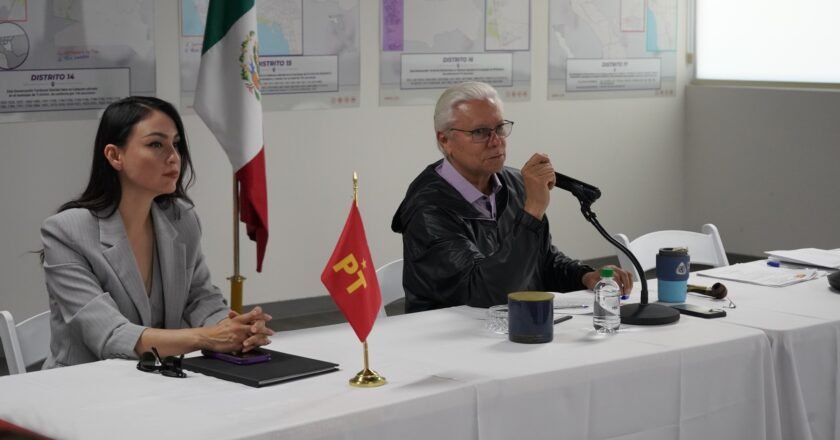
If you’ve lived in Baja long enough, you know our political drama doesn’t walk—it sprints. And this week, it tripped …
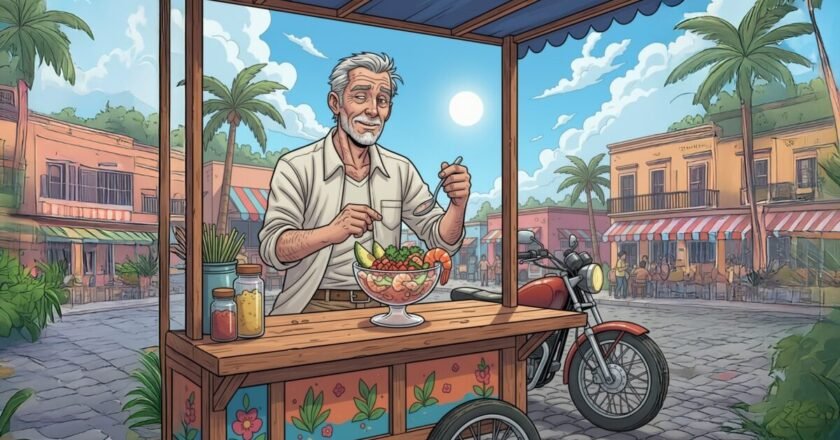
My life changed in an instant. I was visiting home during a college break and saw a bumper sticker on …
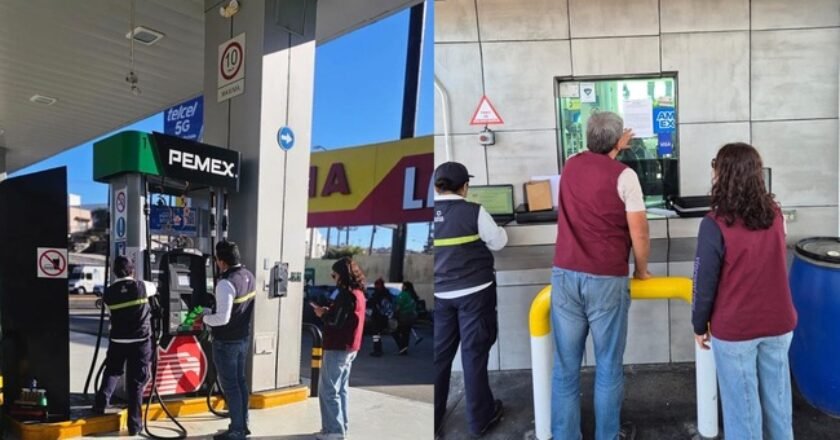
Gas station drama returned to Baja this week after the Procuraduría Federal del Consumidor (PROFECO) and the Agencia de Seguridad, …

A Midweek Surprise on Agua Caliente TIJUANA—Some Wednesdays start slow. Then officers stop a man waving a fake badge on …
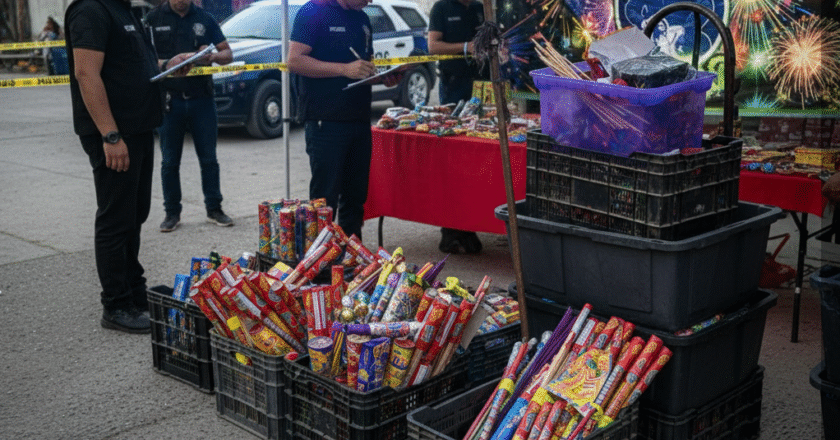
December in Tijuana brings two familiar sights. Tamales everywhere and fireworks in every corner. The tamales are harmless, yet the …

A Parade Built From Community Roots The Valle de Guadalupe looks beautiful on any ordinary day; however, tomorrow it plans …
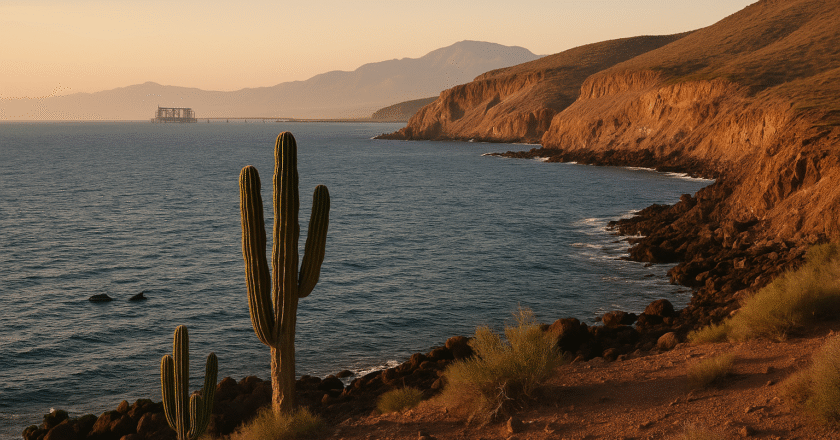
The Gulf’s New Mystery The Gulf of California loves intrigue. Sometimes whales perform surprise shows. Sometimes fishermen argue about the …

If there’s one thing that consistently confuses newcomers, long-timers, and every hungry traveler stuck in the dairy aisle at Calimax, …
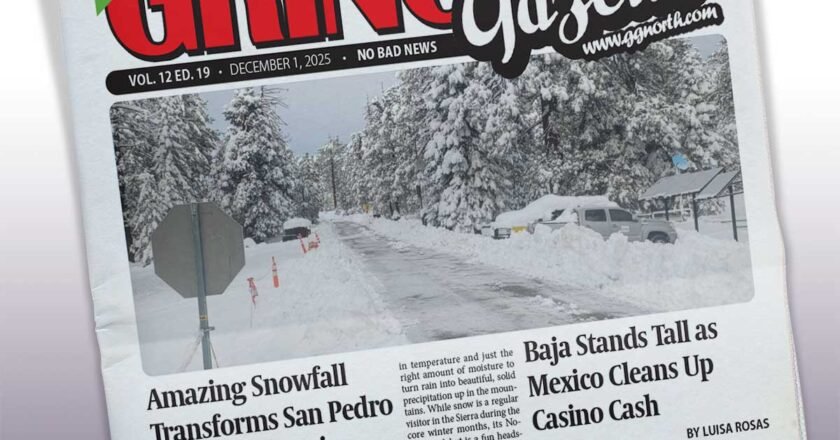
How to download a PDF of this publication:1. Locate the icon toolbar at the bottom part of the newspaper window. …